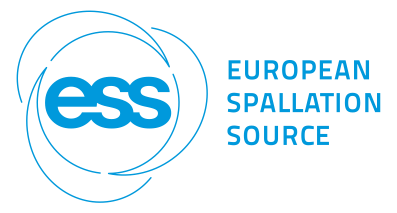Speaker
Description
Structure and Dynamics of Huntingtin. A Segmental Labelling Approach
Xamuel L. Lund [1], Amin Sagar [1], Frank Gabel [2], Anne Martel [3], Pau Bernadó [1]
[1] Centre de Biochimie Structurale (CBS), INSERM, CNRS, Université de Montpellier, 34090 Montpellier, France
[2] Université de Grenoble Alpes, CEA, CNRS, IBS, 38044 Grenoble, France
[3] Institut Laue-Langevin (ILL), 38044 Grenoble, France
Huntington’s Disease (HD) is a neurodegenerative pathology caused by a mutation in the huntingtin gene (1). When the number of consecutive CAG trinucleotides in the first exon (exon-1) of this gene, encoding the intrinsically disordered N-terminal region of the protein Huntingtin (Htt), is increased beyond 35 (pathological threshold), HD symptoms are manifested and the severity and age of onset are correlated with the length of the expansion (1,2). The exon-1 of Htt is a low complexity region that contains the N-terminal 17 residues (N17), a poly-glutamine tract and a proline rich region. We will attempt to elucidate the structural differences between non-pathological and pathological Htt constructs using SANS measurements of Htt exon-1 deuterated in a residue-specific manner (glutamines and prolines) in combination with atomistic ensembles. In order to prioritize the different deuteration patterns and the optimal deuteration ratio of the buffer, the neutron scattering profiles of Htt ensembles in the eight different deuteration schemes and six H2O/D2O ratios were computed and a realistic noise-level was added (3). Using the ensemble optimization method tool (EOM), the ability of each of the samples to yield relevant structural information was evaluated (4). The chosen constructs will then be produced by a Cell-free protein expression system using the appropriate mixture of deuterated amino acids and measured at beamline D22 of ILL. We expect to derive accurate models of the Htt Exon-1 and shed light to the structural bases of the pathological threshold in HD. The proposed strategy paves the way to the characterization of low complexity regions in proteins, which remain elusive for the other structural biology techniques.
1. Saudou F, Humbert S. The Biology of Huntingtin. Neuron. 2016 Mar 2;89(5):910–26.
2. Zuccato C, Valenza M, Cattaneo E. Molecular Mechanisms and Potential Therapeutical Targets in Huntington’s Disease. Physiol Rev. 2010 Jul 1;90(3):905–81.
3. Svergun DI, Richard S, Koch MHJ, Sayers Z, Kuprin S, Zaccai G. Protein hydration in solution: Experimental observation by x-ray and neutron scattering. Proc Natl Acad Sci. 1998 Mar 3;95(5):2267.
4. Estaña A, Sibille N, Delaforge E, Vaisset M, Cortés J, Bernadó P. Realistic Ensemble Models of Intrinsically Disordered Proteins Using a Structure-Encoding Coil Database. Structure. 2019 Feb 5;27(2):381-391.e2.
| Scientist Profile | I am a PhD student |
|---|
